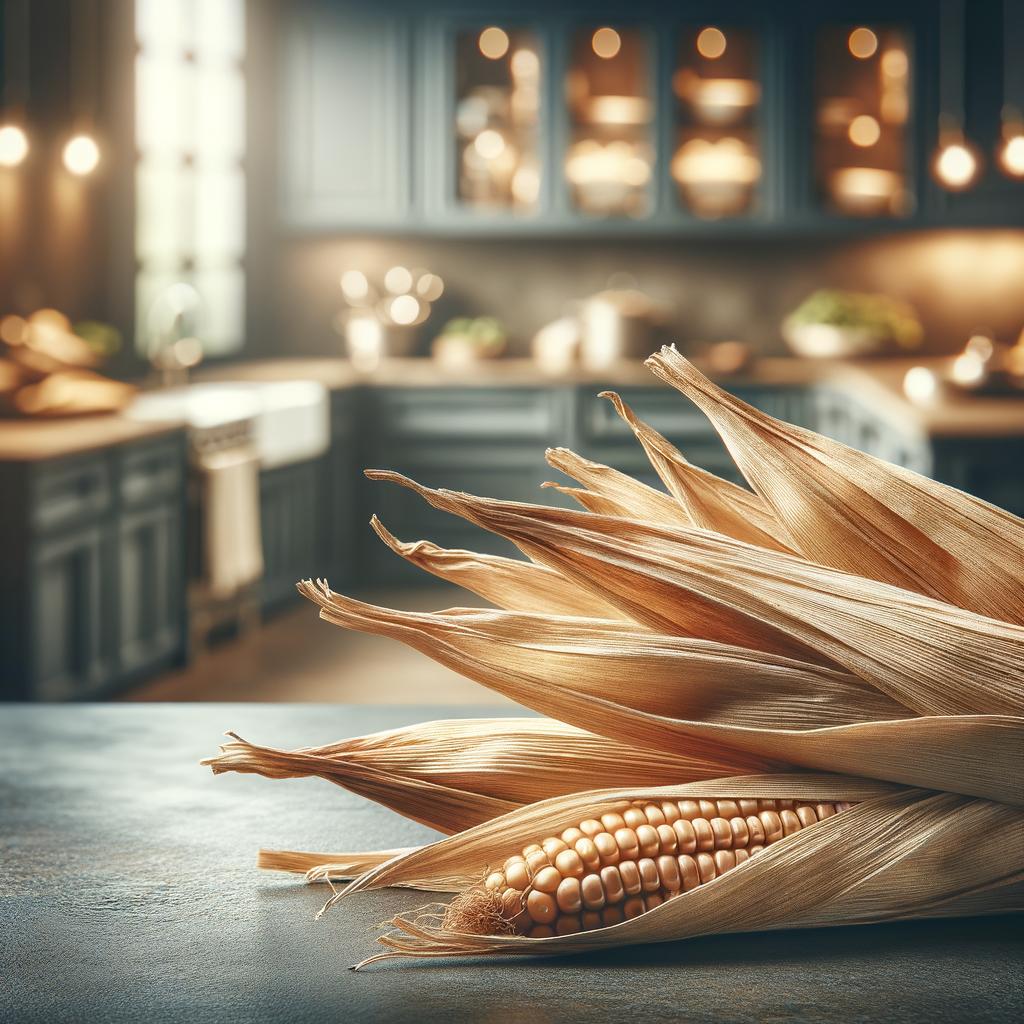Dried Corn Husks

Description
Dried corn husks, a seemingly simple ingredient, are actually a treasure trove of culinary potential. These are the outer coverings of corn cobs, typically a soft green when fresh, but turn into a parchment-like, pale golden hue when dried. They have a delicate, slightly sweet aroma, a faint grassy taste, and a texture that's both tough and pliable. What sets them apart from similar ingredients is their unique ability to impart a subtle flavor while also serving as a natural, biodegradable wrapper for food, keeping it moist and flavorful during cooking.
Primary Uses
Dried corn husks are a staple in many traditional cuisines, particularly in Mexican and Central American cooking. They are best known for their role in making tamales, where they are soaked, then filled with masa (a type of dough) and various fillings, and finally steamed to perfection. But their use isn't limited to tamales. They also serve as a wrapping for fish, poultry, and sweet desserts, and are even used to smoke meats. Beyond the culinary world, dried corn husks have been used in crafting, as materials for dolls and other decorative items.
History
The history of dried corn husks is intertwined with the history of corn itself, one of the oldest and most revered crops in the Americas. Indigenous peoples have been using corn and its husks in their cooking for thousands of years. The idea of using corn husks as a wrapper likely came out of necessity, as early cooks sought to utilize every part of the corn plant. Over time, this practical innovation became a cherished tradition. There's a romantic tale that the Aztec god Quetzalcoatl gifted corn to the humans, and so every part of the corn plant, including the husks, is considered sacred.
Nutritional Information
While dried corn husks are not typically consumed, they do play a role in nutrition by keeping the food they encase moist and flavorful, thus reducing the need for additional fats or oils in cooking. The foods traditionally wrapped in them, like tamales, can be rich in fiber, protein, and various vitamins and minerals depending on the fillings used. Compared to other natural wrappers like banana leaves or vine leaves, corn husks have a milder flavor, allowing the ingredients inside to shine. Remember, though, that moderation is key, as some dishes wrapped in corn husks can be high in carbs and fats.

